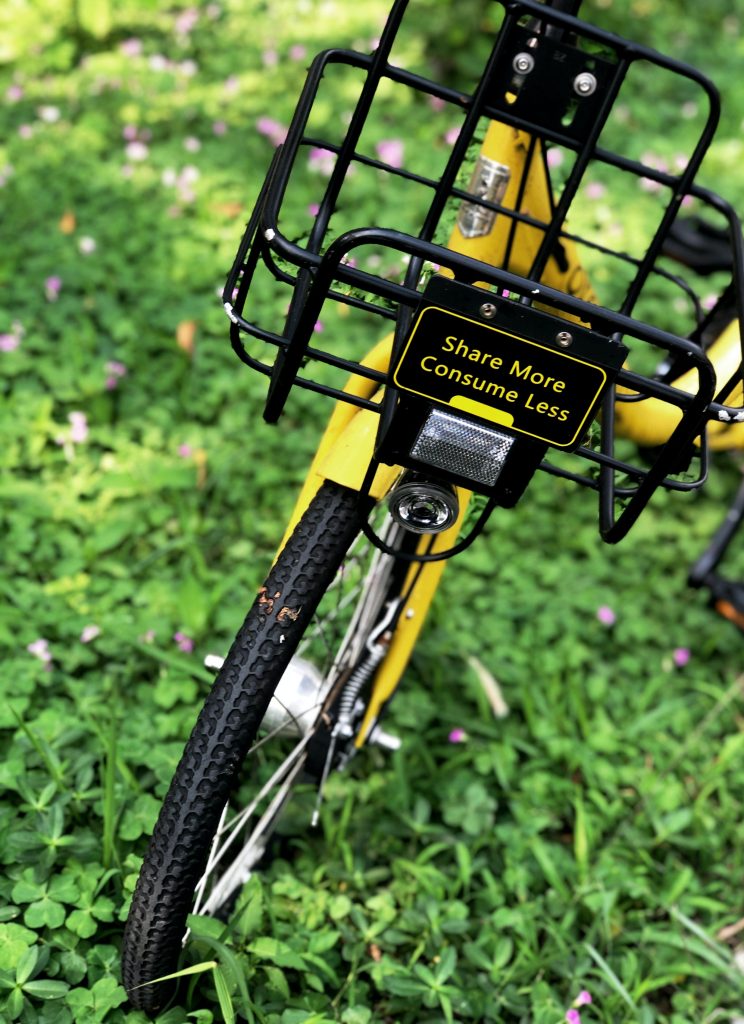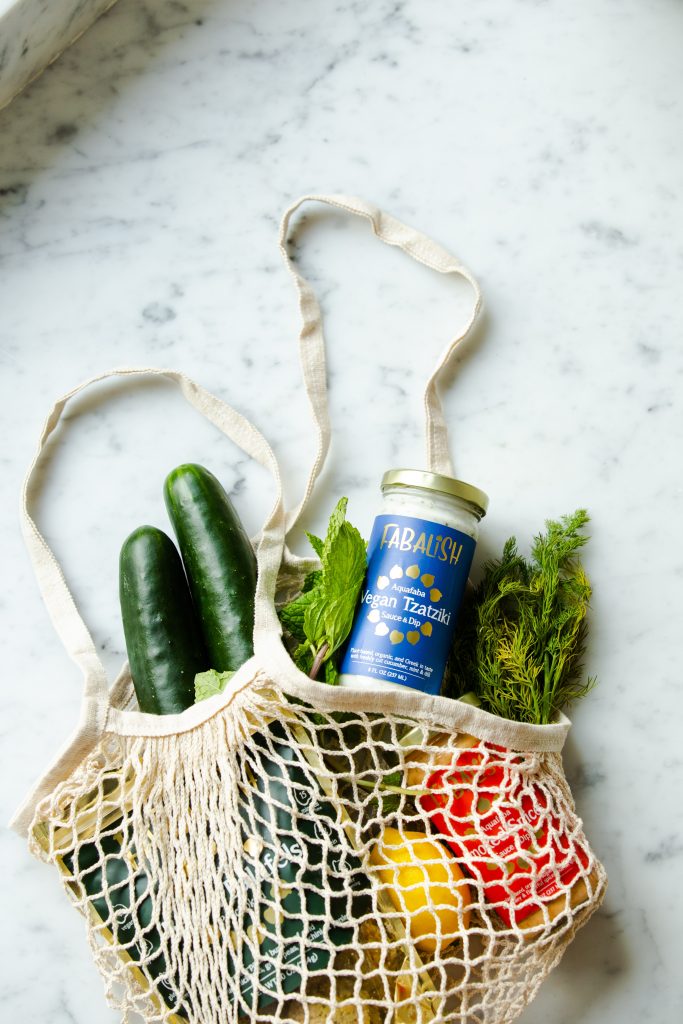
Let’s talk about environmental sustainability. First, what does it mean? You have probably heard “reduce, reuse, and recycle,” but while this common phrase lists three essential steps every person should take to help save the environment, sustainability is so much more.
The United States Environmental Protection Agency (EPA) defines sustainability as “the ability to meet the needs of the present without affecting the ability of future generations to meet their own needs.” Except for when absolutely necessary, we must eliminate our use of non-replenishable resources to prevent further irreparable damage to the environment. For almost everyone, limiting resources will require a drastic and daunting change in lifestyle.
Even those passionate about sustainable living, like me, feel hopeless and overwhelmed when facing this task. Other reasons that can keep people from practicing sustainability are being comfortable in their current lifestyle, the seemingly more expensive price tags, and not knowing where to start.
Despite any obstacles, everyone can and must become more environmentally sustainable. The best way is just to jump in. Of course, transitioning to a new lifestyle doesn’t happen overnight; you have to focus on one change at a time. Otherwise, you will likely find yourself burnt out and making no progress at all. You also must be patient with yourself throughout this transition. Research suggests that it takes no less than 18 but an average of 60 days for a person to form a new habit. In the long run, this is a very short time frame; that’s an average of 6 new habits every year!
It is important to remember that you will make mistakes throughout this process, but it is never a reason to give up. When you choose to be sustainable, you make a difference in the world. Being more sustainable takes work but can be simple and rewarding. The changes I suggest are inexpensive and realistic for people with tight schedules and tighter budgets. In fact, many of my suggestions will save you time and money in the long run. Most importantly, you will conserve natural resources, prevent pollution, improve health worldwide and minimize future environmental destruction.
#1. Reduce your carbon footprint
According to the EPA, a person’s carbon footprint is “The total amount of greenhouse gases that are emitted into the atmosphere each year by a person.” Global warming is closely related to the carbon footprint as it releases these greenhouse gases that cause heat to be trapped in the Earth’s atmosphere.
As carbon emissions vary per person depending on daily and yearly routines, it can be valuable to learn how much you can improve by estimating your current footprint. Wren’s carbon footprint calculator is a great way to estimate your greenhouse emissions for free without any commitment when you answer simple questions about gasoline usage, meat consumption and more.
After taking their quiz, the report you receive from Wren gives you a numerical value describing your carbon footprint, compares you to averages around the world and puts it into context with statements like “[Your carbon footprint is] equal to 3 trees being cut down.” It also describes how fast the world’s temperature would rise if everyone’s footprint matched yours and relates that to “our current trajectory.”
Arguably the most important information in the report is a bar graph describing which emission categories you most need to improve. Using this graph, you can select a category to improve and research ways to decrease your associated emissions. For example, I am reducing my footprint by focusing on fuel consumption. Actions I am taking include moving closer to campus, walking when I might have previously chosen to drive, and carpooling when the option is available. Another idea is to eat vegan at least once or twice a week.

#2. Change your shopping habits
When shopping online, it is important to be careful to order from stores that offset their carbon emissions from shipping products. Many popular stores, like Amazon, have signed a Climate Pledge but have not yet made any substantial changes. Although a store may claim to be sustainable, it may not always be accurate and it is important to do your own research.
Another way to shop sustainably is to find stores that primarily sell environmentally sustainable products. Stores like Earth Hero, EcoRoots and Etee are all great places to start.
Clothing shops are another easy way to be more sustainable. An easy rule to remember is that if you are buying new clothes that are surprisingly cheap, it is likely too good to be true. These clothes are probably fast fashion items: made from weak materials meant to be worn only once or twice and were likely made using environmentally and socially unethical methods. Besides being a waste of money, fast fashion is bad for the environment. Textbook examples of fast fashion are Romwe and Shein, although many other brands are no better.
Good On You, available in mobile app stores, is a great resource to determine whether a clothing brand deserves to be purchased. This app ranks different clothing brands based on ethics and recommends sustainable alternatives for poorly rated products.
One of the most sustainable options for clothes shopping is thrifting. Savers, Plato’s Closet, and Hillcrest Hope are local options. If you don’t find what you are looking for there, try thredUp: an online thrift clothing store.
#3. Switch to solid soaps
The liquids you buy, like laundry detergent, dish soap, shampoo and conditioner, typically contain more water and other solvents than the cleansing material itself. For these products, you tend to pay more for the packaging than the soap, which is difficult to recycle and results in plastic pollution.
Solid or powdered soaps tend to be cheaper and more concentrated per unit, so you pay less and use less. They are also often packaged in easy-to-recycle paper materials. If you need help finding solid soap options, plenty of Etsy shops sell them. They are also available on Earth Hero and Eco Roots.
#4. Limit your plastic use
One of the most crucial environmental changes is reducing the amount of plastic you use. Plastic has become so heavily integrated into our lives that we have to make a conscious effort not to use it whenever possible. Unfortunately, recycling plastics is no longer enough, as very few plastics are recyclable. Below are a few simple ways that you can begin to limit your plastic use:
- When you must use plastic containers, wash them and reuse them for storing food, watering or potting plants and for arts and crafts before tossing them.
- Use metal silverware and clear cups instead of plastic sets and styrofoam cups in the Caf, especially when you get a Green Box. When finished, you can store the silverware and cup in the box, then return them in the Green Box bin.
- Save convenience store cups to be reused. Places like QuickTrip offer a discount when you refill your own cup from your last visit.
- Use natural loofahs instead of plastic sponges and loofahs for the kitchen and bathroom. When you use hot water on plastic, tons of microplastics are released into water sources that harm the ecosystems they go on to supply. Natural loofahs are plastic-free, last much longer, are easily grown and harvested and can be sterilized in hot water. When you are done using them, they will decompose instead of pollute.
